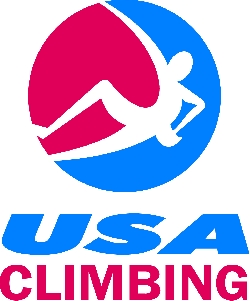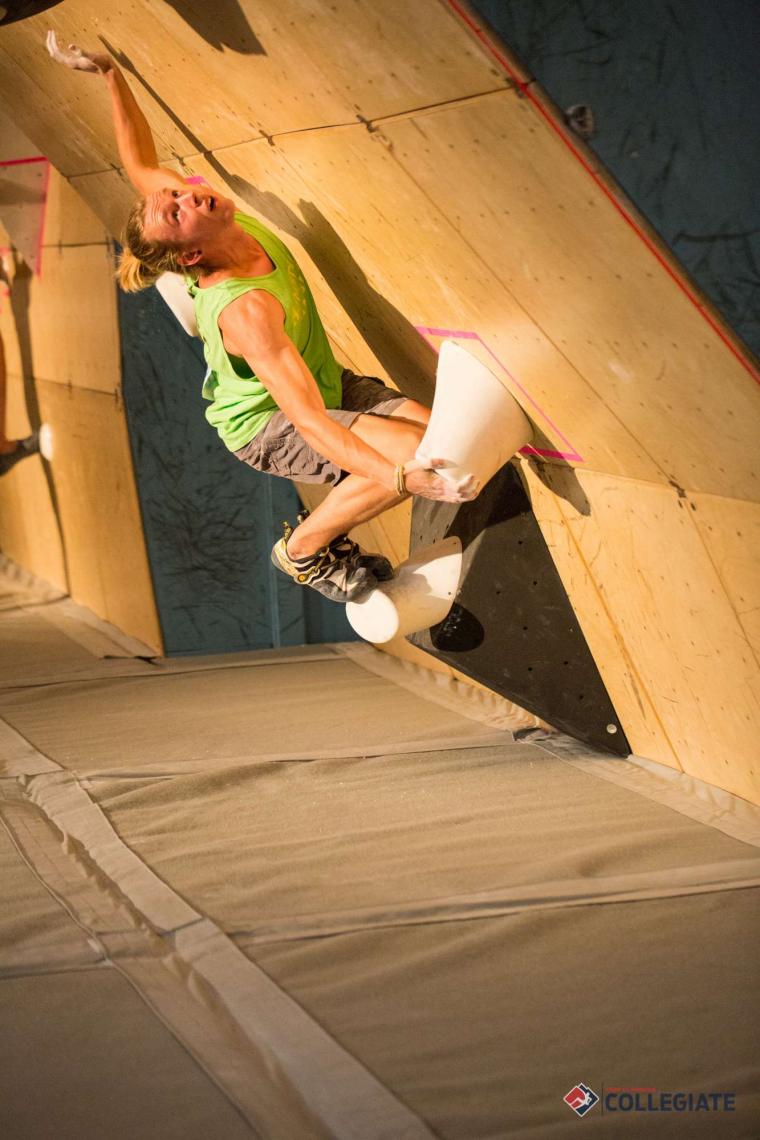
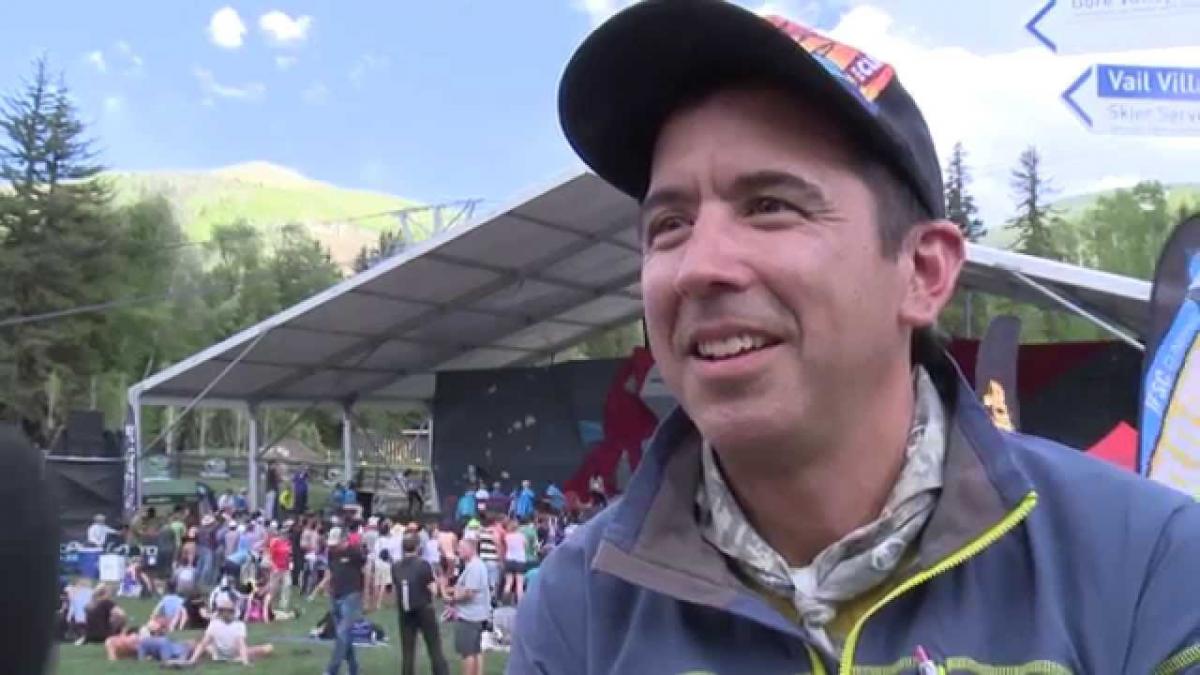
USA Climbing is the national governing body of the sport of competition climbing in the United States. As a 501(c)3 non-profit, it promotes three competition disciplines of climbing: Sport Climbing (which uses a wall 40 to 50 feet high, and a belayer to keep the climber safe), Speed Climbing (in which two climbers scale identical walls in side-by-side competition) and Bouldering (in which a climber is scaling a very short distance, without ropes, but with padding underneath in case he or she falls). There is also an Adaptive version of the sport, for individuals with various challenges.
USA Climbing receives sanctioning and is recognized by the International Federation for Sport Climbing (IFSC - formerly known as the International Council for Competition Climbing or the ICC). In 2020, climbing will make its debut as an Olympic sport.
Sports Destination Management: Climbing will be included in the 2020 Olympics. Have there been any changes to the sport since that announcement?

SDM: Has USA Climbing unveiled any new initiatives concerning participation in the sport?
Waggoner: Well, first it’s important to note that the Tokyo organizing committee had the right to propose the new sports for 2020. There aren’t any promises regarding those sports continuing to be included in the Games for 2024. We know we’re there for 2020, but we’re not sure about the future yet. Obviously, we’re hoping for the best.
SDM: Any information about the USA’s climbing team for 2020 yet?
Waggoner: The org committee has proposed a total of 40 climbing athletes, 20 male and 20 female. That’s for all the countries competing. Obviously, we know there are more than 20 countries that will want a spot in Tokyo, but we don’t know what qualification methods will be used.
SDM: Having climbing included in the Olympics is a great accomplishment, though, because it will provide a showcase for the sport.
Waggoner: Getting climbing on the Olympic program for Tokyo was an incredible goal to have accomplished.
SDM: USA Climbing has three disciplines. Do you see stronger participation in any certain age demographic in any one discipline?
Waggoner: Within USA Climbing, across all three disciplines, our youth participation is greater than the adult numbers. That’s because we reached a point 10 years ago where we had to make a choice whether to have a youth or an adult focus. We have only a limited staff and limited resources, so we made the choice to focus on youth for now. As a result, we now have national championships that will bring out 500 kids.
SDM: Are events like that held at natural venues?
Waggoner: Every one of our offerings is based on a man-made climbing wall. We come into the convention center or the building we’re using, we unload all our materials and our staff starts building the climbing walls. That takes about two days. The walls are then turned over to a work crew that is made up of route setters. Their job is to create custom courses to challenge the athletes. The routes have to be applicable to that level of competition.
SDM: That sounds like some seriously specialized knowledge.
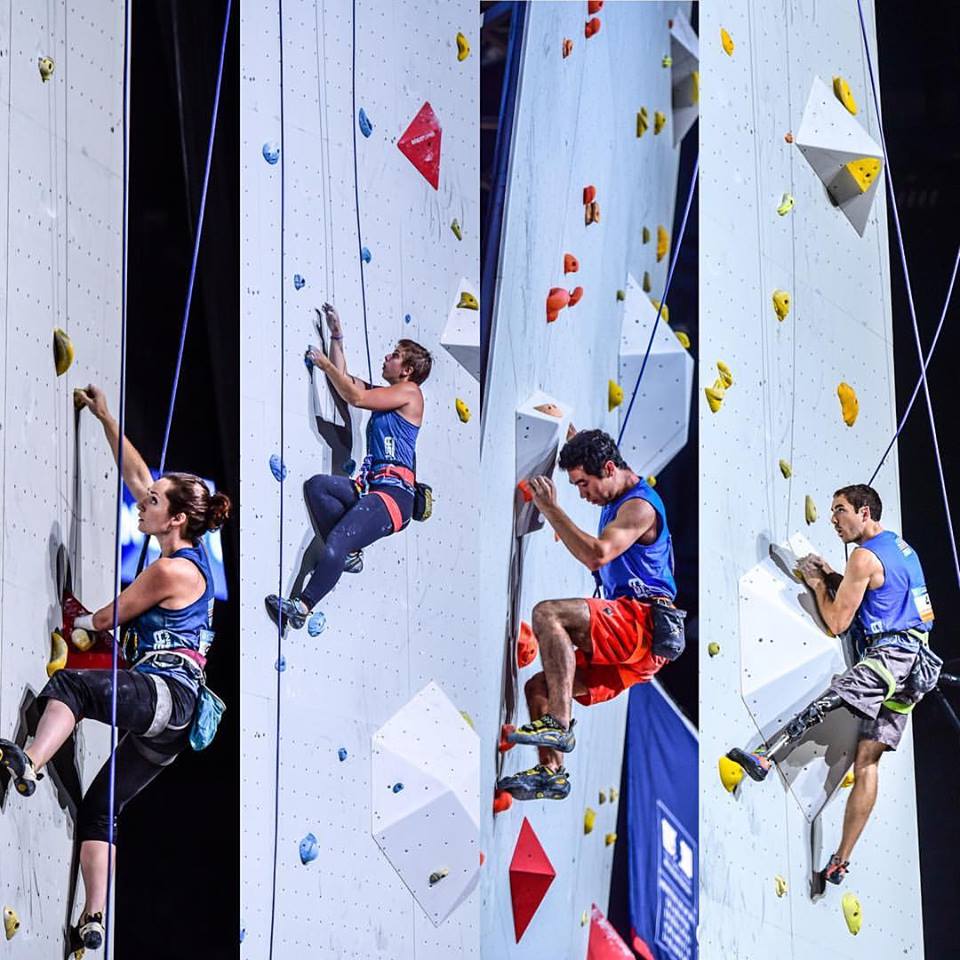 Waggoner: It is. Our route setters go through a special certification and education program. They also have to have a passion for the sport. Route setters go through clinics, internships, apprenticeships and more. What’s interesting is all the time they’re going through this, they’re going back to their local climbing gym and speaking positively about the sport. Some portion of our growth is directly attributable to those people.
Waggoner: It is. Our route setters go through a special certification and education program. They also have to have a passion for the sport. Route setters go through clinics, internships, apprenticeships and more. What’s interesting is all the time they’re going through this, they’re going back to their local climbing gym and speaking positively about the sport. Some portion of our growth is directly attributable to those people.
SDM: So the climbing routes are a surprise to the competitors each time?
Waggoner: Yes – until the competitor turns around in that moment of competition, they have no idea. They have no preconceived knowledge of the course. They are actually in isolation from everyone until then.
SDM: You talked about setting up nationals in convention centers, but there are still plenty of rock climbing gyms. Why not use a facility like that for those events?
Waggoner: In every major city, there is usually at least one or more climbing gyms and while they can be used for smaller events, they won’t work for nationals because there’s no spectator space. And really, that isn’t a surprise because as facilities, they’re not in the event business. They’re gyms, and their purpose is to have multiple people coming through on any given day. Some facilities have been designed with an eye toward climbing and toward having spectators, but not a lot. There really aren’t that many facilities willing to sacrifice climbing wall space so that they can have social space or spectator space. In addition, you want to have a competition someplace like the center of a city, and most climbing gyms are located on the outskirts of cities or in suburbs or places like that – they’re not as convenient to restaurants and hotels.
SDM: Are USA Climbing’s events attractive to CVBs and sports commissions?
Waggoner: They are really attractive to cities because they are not predicated on having a great climbing gym. We can put walls up in any space and run a competition there. In addition, our season works for a lot of destinations. The Bouldering season runs from September through the end of January, while Sport and Speed climbing run February through July.
SDM: What is the economic impact like?
Waggoner: For the 2015 Annual Sport and Speed Youth Nationals in Kennesaw, Georgia, 2015, there was a survey performed by Ryan Gagnon of Clemson Parks, Recreation and Tourism Management. It showed more than $1.4 million in spending. In 2016, we expanded our numbers of competitors by about 25 percent, so we expect we will see more economic impact.
SDM: Do you think more facilities will be built with spectator space after the Olympics?
Waggoner: I don’t think that as a result of the Olympics, we’ll see people building event-based climbing gyms, but I do think we’ll see a big jump in the number of participants in the sport.
SDM: You mentioned a short time ago that USA Climbing has a focus on youth. It also has a focus on college-based climbing competitions.
Waggoner: The collegiate demographic is a growing member base. There are club-level climbing teams at over 150 schools in the USA, and competitions are basically held with all three disciplines in one event. We do need a full-scale climbing gym or a climbing gym family to host those events. For example, we’re in San Diego through 2017, and we’ve used Mesa Rim Climbing & Fitness Center, which has three locations. We use all three of those to process 400 the collegiate athletes who are competing. We’re looking for plenty of climbing wall terrain, but also adequate spectating.
SDM: Is the process the same, with the athletes not seeing the course until they are ready to climb it?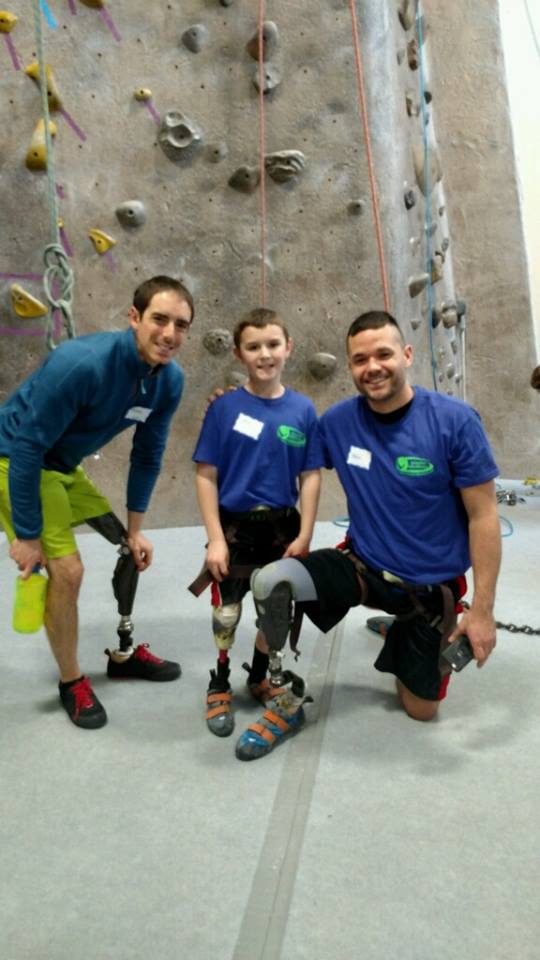
Waggoner: Yes – when we work with a commercial gym, the wall is already in place but our route setters are good at creating what they need, and what will be applicable to that user group.
SDM: USA Climbing also has an adaptive version of the sport.
Waggoner: Yes – that is a very small group that is still very valuable for us. We only host a national championship for them at this point but we do provide support for regional training camps. The last few years, nationals have been held in Kennesaw, but they’re headed to Boston in 2017.
SDM: So it could be a Paralympic sport?
Waggoner: It’s important for us to show the IOC that we can hit every target, and reach every group they want us to.
SDM: How has the sport evolved over time?
Waggoner: It’s still a very young sport, at least compared to a lot of the ball sports that have been around for so long. Our formats are less than 25 years old. We are still looking at the way we run our events, and how we can do them better. The development of the sport over the next few years will be absolutely critical to our success.

